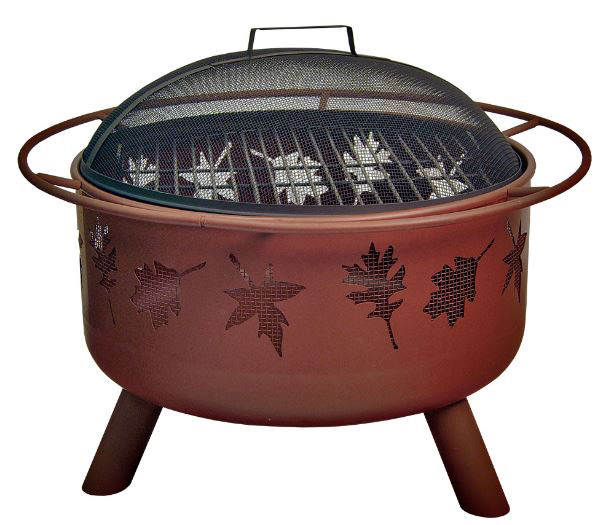
A fire pit instantly makes your backyard a destination point to gather with people you love or to simply have a moment to yourself. However, the reality of getting kindling to light, cleaning up ashes and smelling like smoke long after the embers are out might be a deterrent to hanging around the flames. Instead, consider a fire pit that runs on propane gas.
Not only do they offer the same warmth and ambiance as their wood-burning counterparts, but they also have the additional benefit of burning cleaner, not emitting smoke or creating sparks, being easier to light and, best of all, getting a fire going in mere seconds.
How to Choose the Best Propane Gas Fire Pit
Start by looking at your outdoor space to figure out which size and shape will work best. Gas fire pits come in any shape (round, square, rectangular) and size, from small tabletop to oversized gathering spots. While bigger fire pits will create more square footage of heat, keep in mind the all-important heat output.
Heat Output
You don't sacrifice warmth with gas fire pits. Each is rated with a heat output that's measured in BTUs (British Thermal Units). The higher the BTU, the more heat your fire pit will produce. Most gas fire pits range from 30,000 to 60,000 BTUs, though they can go up to 100,000 BTUs.
Fuel Source
Typically powered by a 20-pound propane tank, propane fire pits are easy to light and extinguish with a simple turn of a knob. The propane tank is either hidden inside the fire pit or connected to a line separately. When you need to refill or replace your propane tank, head to your local hardware or grocery store — they'll have you covered. While propane tends to be much more expensive than natural gas, it burns more efficiently. Not to mention, propane fire pits are customarily simpler to install.
For more information, contact The Fireplace Shop and Grill Center at West Sport in Sudbury.
Source: HGTV

Comments
{tag_commentlist}